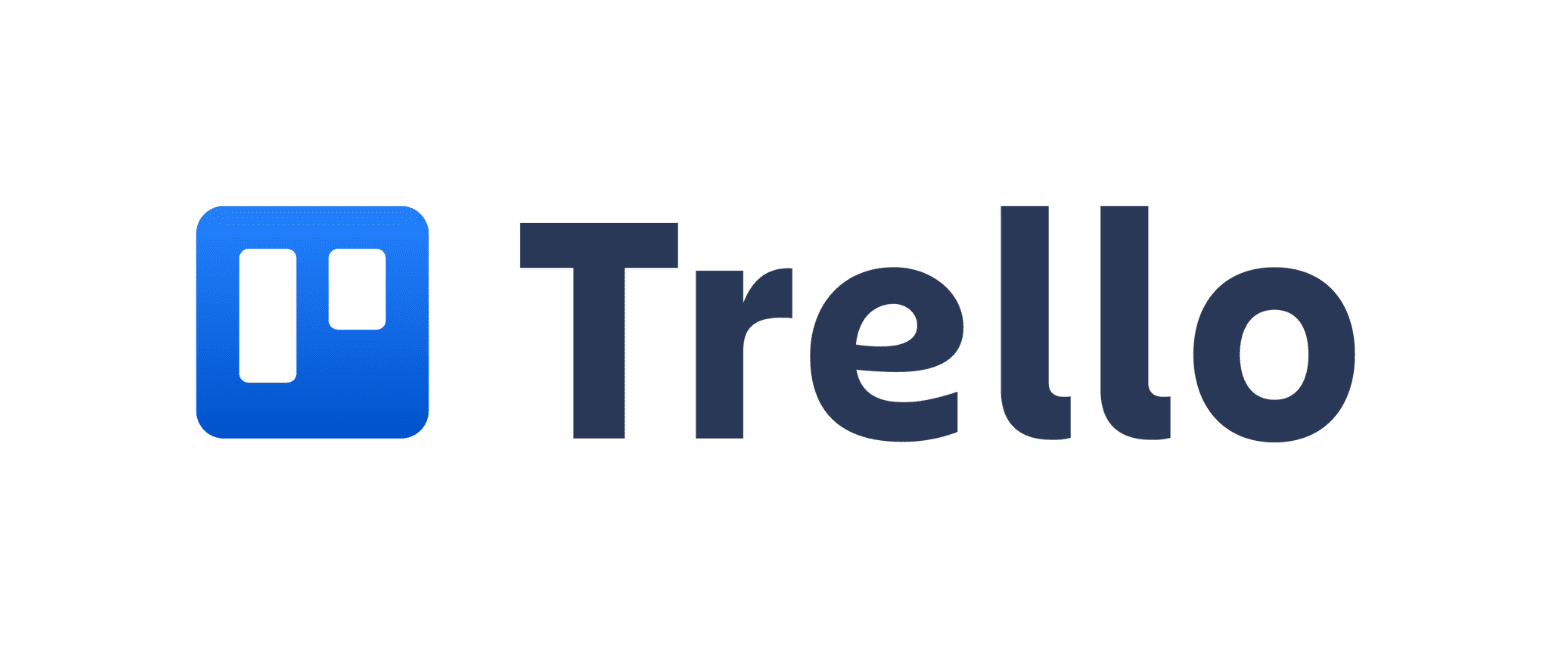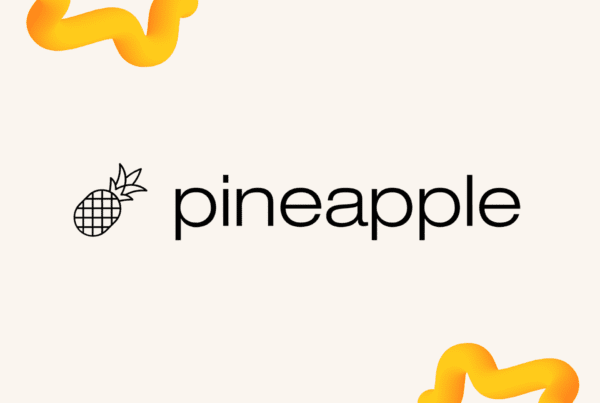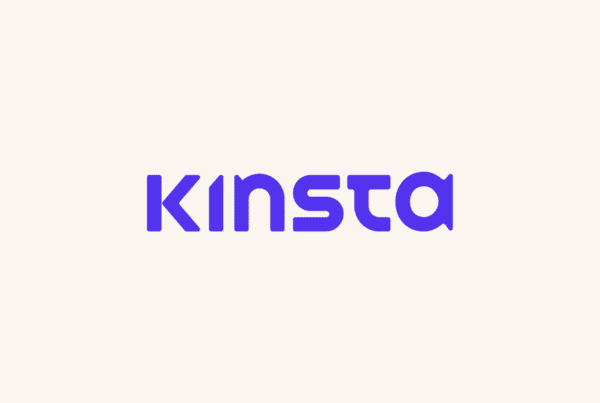Updated: 30 October 2025 • 9 minutes Read
If you’ve ever juggled multiple projects, team deadlines, and endless task lists, you know how important a good project management tool can be. Two names always rise to the top — Trello and Monday.com.
Both are powerful, user-friendly platforms that help teams stay organized, but they take very different approaches. Trello is simple and visual, great for quick overviews. Monday.com is feature-rich and customizable, ideal for growing teams that want structure and automation.
We’ll compare Trello vs Monday.com in 2025 — exploring their features, pricing, ease of use, and best fit for project managers and teams.
Overview: What Are Trello and Monday.com?
Before diving deep, let’s understand what each tool is built for.
 What Is Trello?
What Is Trello?
Trello, developed by Atlassian, is one of the simplest and most visual task management tools. It’s based on the Kanban board system, where you organize tasks into columns like “To Do,” “Doing,” and “Done.”
It’s perfect for:
- Freelancers or small teams
- Visual thinkers
- Managing short-term projects or daily workflows
Trello’s biggest strength? Simplicity. You can open an empty board and start planning within minutes.
 What Is Monday.com?
What Is Monday.com?
Monday.com is a Work Operating System (Work OS) that combines project management, collaboration, automation, and reporting in one place. It’s designed for scalability — from small startups to enterprise teams.
It’s best for:
- Medium to large teams
- Project managers needing detailed tracking, automation, and reporting
- Teams with multiple ongoing projects across departments
Think of Monday.com as a more customizable, structured system for teams that need data-driven workflows.
Feature Comparison: Trello vs Monday.com
Here’s a side-by-side look at what both tools offer in terms of features.
Feature |
Trello |
Monday.com |
Interface |
Simple, Kanban-based boards |
Customizable dashboards and views |
Views Available |
Kanban, Calendar, Timeline (paid) |
Kanban, Gantt, Timeline, Table, Calendar, Chart |
Automation |
Limited (via Power-Ups) |
Built-in automation templates and triggers |
Integrations |
100+ (through Power-Ups) |
200+ native integrations |
Collaboration Tools |
Comments, mentions, attachments |
Team chat, file sharing, real-time collaboration |
Reporting |
Basic (via Power-Ups) |
Advanced analytics, dashboards, and reports |
AI Features (2025) |
None built-in |
Monday AI assistant for task summaries and automation |
Mobile App |
iOS & Android |
iOS & Android |
Security & Permissions |
Basic user roles |
Granular permissions, enterprise security options |
Trello shines in simplicity, while Monday.com excels in advanced project visibility, automation, and integrations.
Ease of Use
Trello: Intuitive for Everyone
Trello’s drag-and-drop interface is one of the easiest to learn. You can set up a board in under 5 minutes. Its simplicity makes it popular among freelancers, small businesses, and marketing teams.
However, as your projects grow, Trello can feel limiting. Managing complex workflows or interdependent tasks may require multiple boards and Power-Ups.
Monday.com: Customizable but Slightly Steeper Learning Curve
Monday.com feels more like a control panel for your projects. It takes a bit of setup time to get used to, but once configured, it gives you a 360° view of everything — from timelines and progress to workloads.
For project managers, this extra structure means better visibility across departments and team members.
Pricing Comparison (as of 2025)
Both platforms offer free and paid tiers, but their pricing models differ.
Plan |
Trello (per user/month) |
Monday.com (per user/month) |
Free |
Up to 10 boards |
Up to 2 users |
Basic |
$6 |
$12 |
Standard |
$12.50 |
$14 |
Premium/Pro |
$17.50 |
$24 |
Enterprise |
Custom pricing |
Custom pricing |
Trello’s free plan is generous and great for individuals or small teams. Monday.com’s pricing starts higher, but it justifies the cost with automations, dashboards, and integrations suitable for larger organisations.
Automation and Workflow Management
Trello: Power-Ups and Butler Automation
Trello uses “Power-Ups” to add features — from Gantt charts to automation via Butler. You can set triggers like “When a card is moved to Done, mark checklist complete.”
However, you might quickly hit limits on the free or lower tiers if your workflows are complex.
Monday.com: Built-In Automations and Templates
Monday.com offers powerful built-in automation templates like:
- Auto-assign tasks based on status changes
- Notify team members when deadlines are near
- Move items across boards automatically
For project managers, this saves hours of manual work every week.
Collaboration and Communication
Trello keeps collaboration lightweight
Ideal for small teams. You can tag members, add attachments, and comment directly on cards.
Monday.com takes collaboration further with:
- Built-in communication threads
- File previews
- Team workload tracking
- Shared dashboards for stakeholders
If your team often collaborates across departments or needs approvals, Monday.com provides a more connected ecosystem.
Mobile and Integrations
Both tools work well on mobile.
Trello’s app is perfect for checking off quick tasks, while
Monday.com’s app mirrors the desktop experience and even allows automation management.
Integration-wise, Monday.com leads. It connects natively with Slack, Google Drive, Zoom, Outlook, and even Trello — while Trello relies heavily on Power-Ups to achieve the same.
Reporting and Analytics
Trello’s reporting features are minimal. You can add Power-Ups for charts or export data manually, but it’s not built for deep analytics.
Monday.com, on the other hand, comes with visual dashboards, KPI widgets, and time-tracking charts — perfect for project managers who need to report progress or justify team capacity.
Security and Permissions
For small teams, Trello’s permission system (board-level control) is enough.
But if you manage larger teams or client projects, Monday.com’s granular permission system allows you to set view/edit rights, control sensitive data, and even create private boards.
Monday.com also offers enterprise-grade security features like SOC 2 compliance and audit logs.
Which One Is Right for You?
Type of User |
Best Choice |
Why |
Solo Freelancer |
Trello |
Quick setup, easy visualization |
Small Team (2–10 people) |
Trello |
Free plan covers basics |
Growing Business |
Monday.com |
Automation & scalability |
Project Manager |
Monday.com |
Reports, dashboards, timelines |
Remote Team |
Monday.com |
Collaboration tools & integrations |
Creative or Marketing Team |
Trello |
Visual and flexible boards |
Pros and Cons Summary
Trello Pros
- Extremely easy to use
- Free plan is generous
- Visual and intuitive interface
- Ideal for small teams and freelancers
Trello Cons
- Limited automation
- Power-Ups can make it expensive at scale
- Basic reporting tools
Monday.com Pros
- Highly customizable workflows
- Excellent automation and reporting
- Great for scaling teams
- 200+ integrations and AI features
Monday.com Cons
- Slightly steeper learning curve
- Higher cost for small teams
- Some features locked behind higher tiers
If you want a simple, visual, and affordable tool to manage everyday projects, Trello is a great fit. It’s fast, intuitive, and gets the job done without a steep learning curve.
But if you’re a project manager or growing team that needs automation, visibility, and advanced reporting — Monday.com is the more powerful choice.
Ultimately, both tools can help you organize your team’s workflow effectively. The key is matching your project’s complexity with the right platform.
Tip: Start with Trello if you’re new to project management tools. Once your team needs more structure, migrating to Monday.com will be an easy upgrade.
FAQs – Trello vs Monday.com (Philippines, 2025)
Is Monday.com better than Trello for project management in the Philippines?
It depends on your team size and project complexity. Monday.com offers advanced features, automation, and reporting for larger teams, making it ideal for businesses in the Philippines. Trello, on the other hand, is simpler and perfect for small teams or startups looking for visual task management.
Which is cheaper, Trello or Monday.com in the Philippines?
Trello offers a free plan that works well for individuals and small Filipino teams. Monday.com’s paid plans start higher but provide more tools and flexibility for growing teams needing robust project management software.
Can Trello integrate with Monday.com?
Yes! Filipino teams can use integration tools like Zapier to sync boards, tasks, and updates between Trello and Monday.com, ensuring smooth workflow management.
Does Monday.com have a free plan for teams in the Philippines?
Yes, Monday.com offers a free plan for up to 2 users — ideal for testing the platform before upgrading to a paid plan.
Which project management tool do most teams in the Philippines prefer?
Many project managers in the Philippines prefer Monday.com for its dashboards, workload tracking, and automation. However, Trello remains popular for teams that value simplicity and a visual approach to task management.
Topics: Reviews
Don’t forget to share this post!


